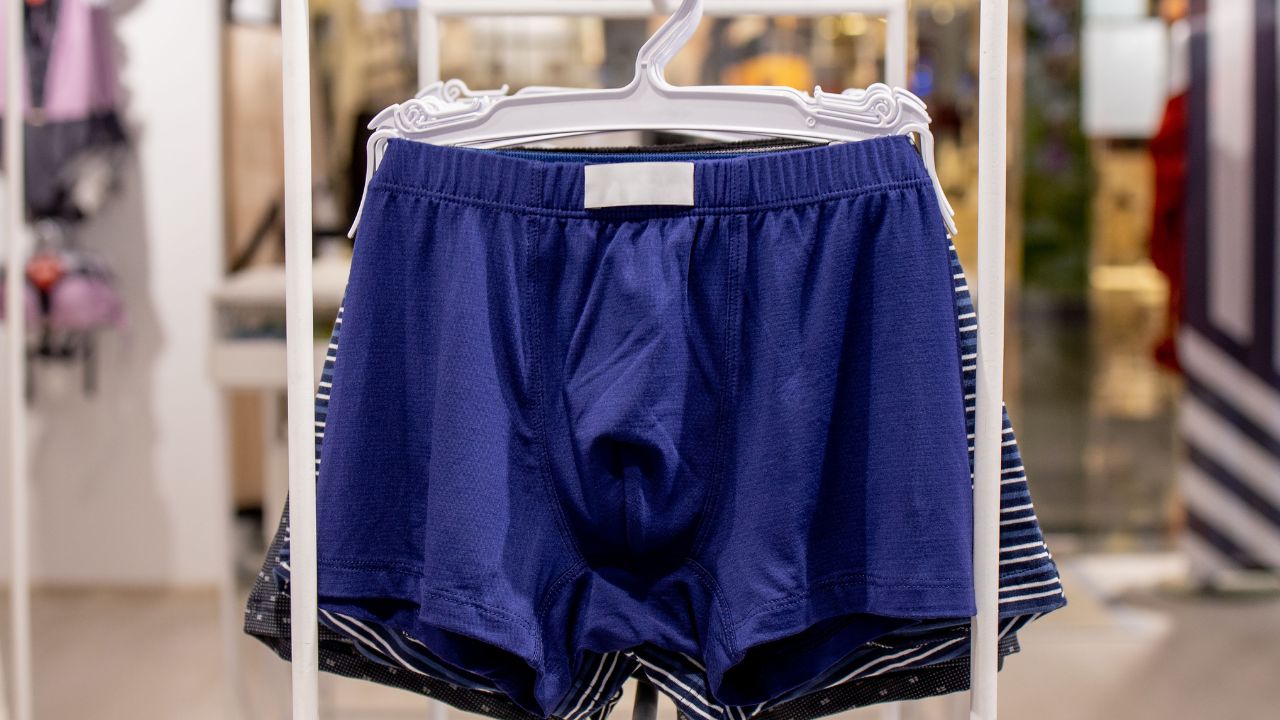Have you ever compared the way different types of underwear retain freshness with their capacity to cause uncomfortable sweating? – It’s because of breathability.
The search for comfortable underwear depends on breathability because it ensures both ventilation and moisture regulation. Multiple factors determine your daytime comfort depending on whether you choose nylon underwear vs cotton underwear. Understanding fabric knowledge can help select the right underwear type for each occasion while staying free from discomfort.
This article explores the critical elements that influence breathability in regular underwear fabrics while explaining the methods for picking the right fabrics for your specific needs.
Critical Factors That Influence the Breathability of Nylon Vs Cotton Underwear
Fiber Structure and Its Impact
The textile structure of cotton includes many microscopic pores which permit unrestricted passage of air. The numerous pores within these materials serve both cooling mechanisms for the skin through airflow and moisture removal.
The production process of nylon creates a fabric weave that tends to be tighter. The material density of nylon is used to block airflow, but modern fabrication methods now provide improved ventilation capabilities. Fiber packing density decides the amount of airflow possible within the fabric material.
Moisture Management Differences
Each fabric maintains sweat differently, which determines its breathability levels.
Cotton is an absorber because it draws moisture from contact points on your skin. Wet cotton maintains its moisture while normal dry conditions yield good absorption. People experience discomfort after sweat absorption leads to skin wetness in strenuous activities as well as hot conditions.
Nylon actively transports sweat toward its surface where heat can escape while the body stays dry. The quick dry time of nylon ranks higher than cotton making it a perfect material for sports activities due to excessive sweating during these periods.
Weave and Weight Considerations
The specific construction of the underwear plays a crucial role in breathability:
- Weave Patterns: Fabrics with open or mesh-like weaves allow better air circulation regardless of material. Some nylon underwear includes mesh panels to improve ventilation in areas that tend to get hot.
- Fabric Weight: Thinner versions of both cotton and nylon offer improved breathability. Lighter fabrics generally allow more air to pass through, though sometimes at the cost of durability.
Body Heat and Activity Level
How breathable your underwear feels depends partly on what you’re doing:
- Activity Intensity: During workouts or busy days, nylon’s ability to handle sweat becomes more valuable than cotton’s natural breathability. For relaxed days at home, cotton often feels more comfortable.
- Climate Conditions: In hot, humid environments, cotton’s tendency to stay wet once soaked can be a problem. In dry heat, cotton often maintains its comfort advantage.
Making Your Choice- Which One Do You Need?
The best underwear fabric depends on your specific needs:
For Everyday Comfort: Cotton remains popular for general wear, especially for those with sensitive skin. It’s natural to feel support all-day comfort in normal conditions.
For Active Lifestyles: Nylon dries off rapidly which makes it an optimal choice during exercise and when you need to travel or deal with sweat-related situations.
Conclusion
The choice between cotton and nylon underwear depends on how you live your day because each type serves different comfort requirements. The natural air circulation of cotton suits daily casual activities but active people benefit more from the sweat-maintaining properties of nylon clothing. People achieve optimal clothing comfort by keeping both cotton and nylon underwear items together in their drawers. Your day’s activities should guide your choice of underwear because this selection will provide comfort without any seasonal barriers.
